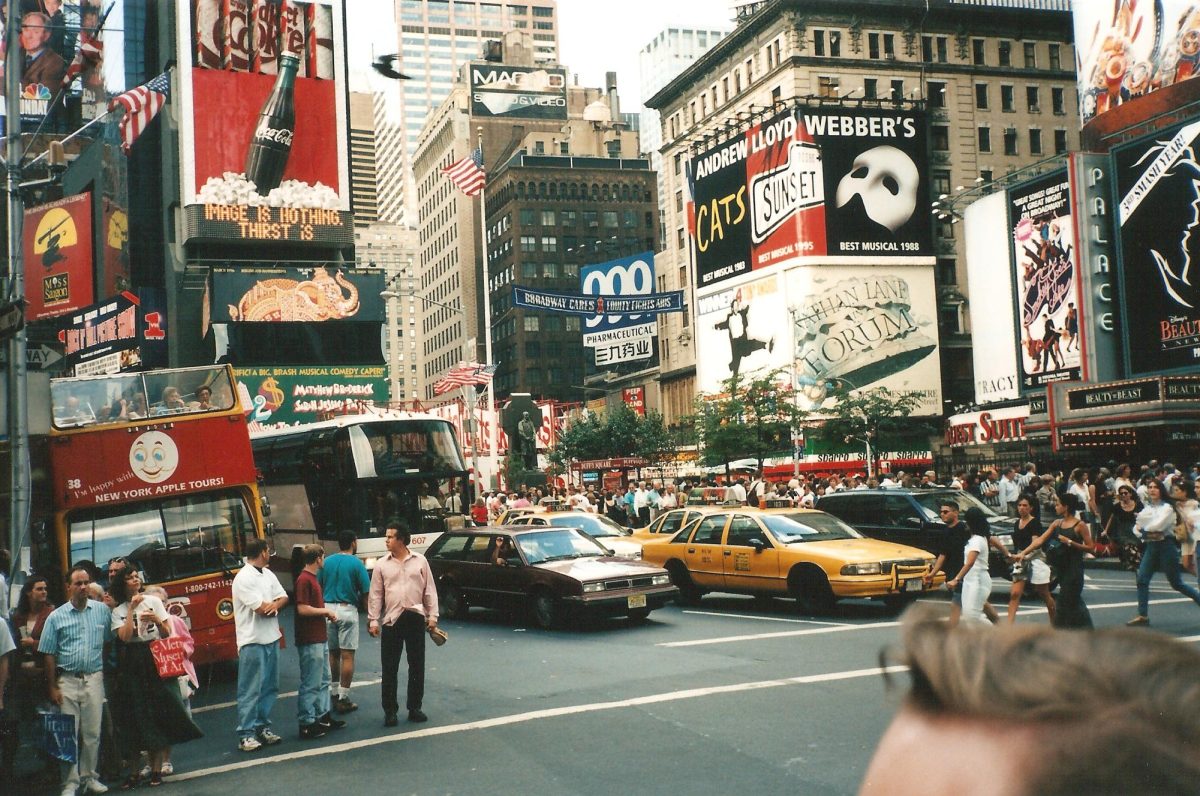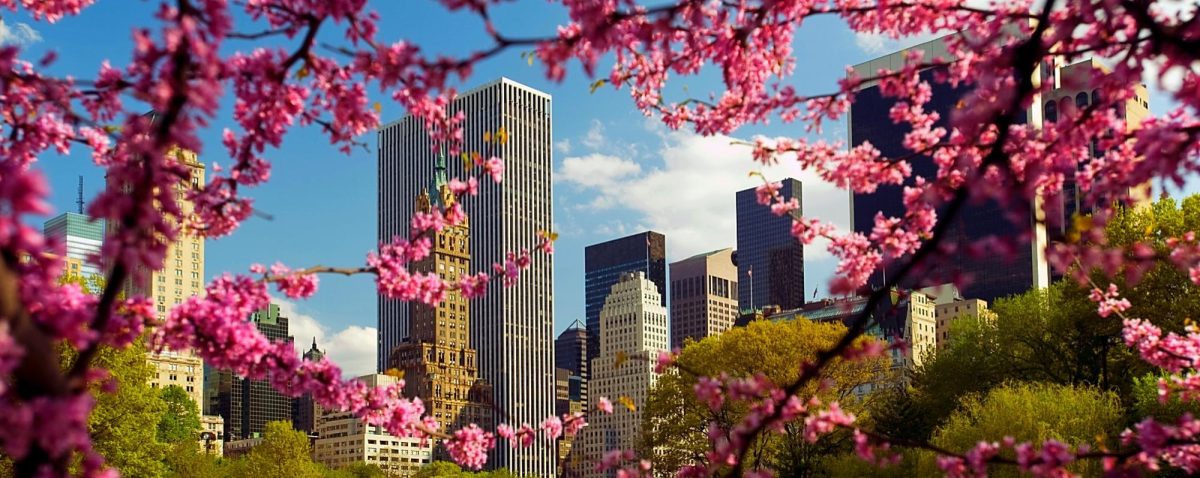The 90s and early 2000s–a time when Walkmans, iPods, and neon scrunchies were all the rage. It was a period of vibrant cultural shifts, technological advancements, and unforgettable pop culture moments. Nostalgia has a unique way of making us yearn for the past, and the 90s and early 2000s have become a nostalgic playground for many. From fashion trends to music, movies, and even technology, this era holds a special place in our collective memory.
Let’s take a trip down memory lane and define this golden era that continues to captivate hearts and minds today.
From grunge to hip-hop fashion, the 90s gave birth to iconic styles that still resonate today. Think flannel shirts, ripped jeans, chunky sneakers, and oversized denim jackets. Meanwhile, the early 2000s witnessed the rise of low-rise jeans, trucker hats, and velour tracksuits, thanks to celebrities like Britney Spears and Paris Hilton. Fashion truthfully became a form of self-expression during this era.
It’s no surprise that the fashion trends are being recycled back in this era, but should it? While the fashion was memorable in its own way, it came with the damaging need for dieting and even eating disorders.
Ms. Benedetto, a teacher at the iSchool, mentions how “[We saw all the models and physique they had and we thought it was normal to starve ourselves to get that body].” Ms. further added that no one spoke about it to inform them that it was an unhealthy practice, and even her mother encouraged it.
Adeline Erwin (Addie), a freshman at the iSchool, claims that much of it had to do with the media portrayal: “I think the media is just incorporating that as, this is what you have to do to be healthy, successful, and happy.” Annie Wu, another freshman, agrees. “It impacted girls more in a negative way because it showed that girls had to be a certain type of this to fit the beauty standards of it.”
The 90s and early 2000s were also a musical treasure trove. From the grunge rock of Nirvana to the boy band Mania led by Backstreet Boys and NSYNC, music was diverse and seemed to have something for everyone. Pop, rock, hip-hop, and R&B all flourished, producing timeless hits that we still sing along to today. The rise of MTV and music videos only added to the allure of the music scene.
However, the music industry often idealized drug use, grooming, and misogyny as entertainment. Ms. Benedetto says, “There were some really ugly lyrics, that people wrote, and nobody said anything. And I remember it felt funny. It felt like this can’t be right.”
Addie also states, “The media still found a way to glamorize [drugs and eating disorders] and make it seem as though it was an incredible life to be living.”
Fortunately, these prevalent issues are being addressed and resolved nowadays. Ms.Benedetto mentions, “I think there’s a little bit more accountability now for that kind of stuff. Definitely. It’s important that people like you keep paying attention to it and talking about it. I think that’s awesome.” And she also says, “I guess the media, maybe today. is a little bit more vocal about being, appropriate and culturally responsive. And back then, I think, we just got the images, and the images told us that we were okay.”
Despite these flaws and issues, the 90s and early 2000s still continue to be a time of memorable experiences and some important cultural developments. Addie mentions, “I think it’s just the idea that it’s cool, that it kind of shapes you as a person, and allows you to be someone you idolize.” Annie says, “I personally don’t agree with the ideologies then but people tend to try and find themselves within that culture and era.”
Memorable things in the time include the fact that it introduced the dawn of the internet and the proliferation of personal computers which marked a turning point in how we connect and consume information. From dial-up internet to the emergence of social media platforms like MySpace and early versions of Facebook, the 90s and early 2000s saw the beginning of a digital revolution that would shape the world as we know it today. It was a time of experimentation and excitement as we navigated this new virtual landscape.
And who could forget the iconic films and TV shows that defined the 90s and early 2000s? From the heartwarming coming-of-age story of “Clueless” to the sci-fi saga of “The Matrix,” cinema delivered a range of unforgettable experiences. On the small screen, shows kept people entertained and often sparked cultural conversation.
As Ms. Benedetto says, “I mean, I think there were a lot of things that were good about it. The music was very good, and the culture was what it was because of the times. In its context, it made sense.”
Additionally, “You know, we didn’t have phones, we didn’t have as much of a voice to, to name these things as they were happening. So, it’s hard to, put so much blame on what it was, because it did happen organically, and there were a lot of beautiful things that came out of it. There were things that I loved back then, but still, I appreciate it now.”
And Annie mentions that “The culture back then was very, like, timeless, like, the music and things, like, people still listen to it.”
Whether or not you agree with the issues showcased in the era, the time should be remembered. And though the 90s and early 2000s were not perfect and had their own set of flaws and issues, they still managed to leave a lasting impact on society through memorable experiences and significant cultural developments. From the rise of the internet and technological advancements to the emergence of new music genres and fashion trends, this era was marked by a unique and vibrant spirit that continues to influence our lives today.








